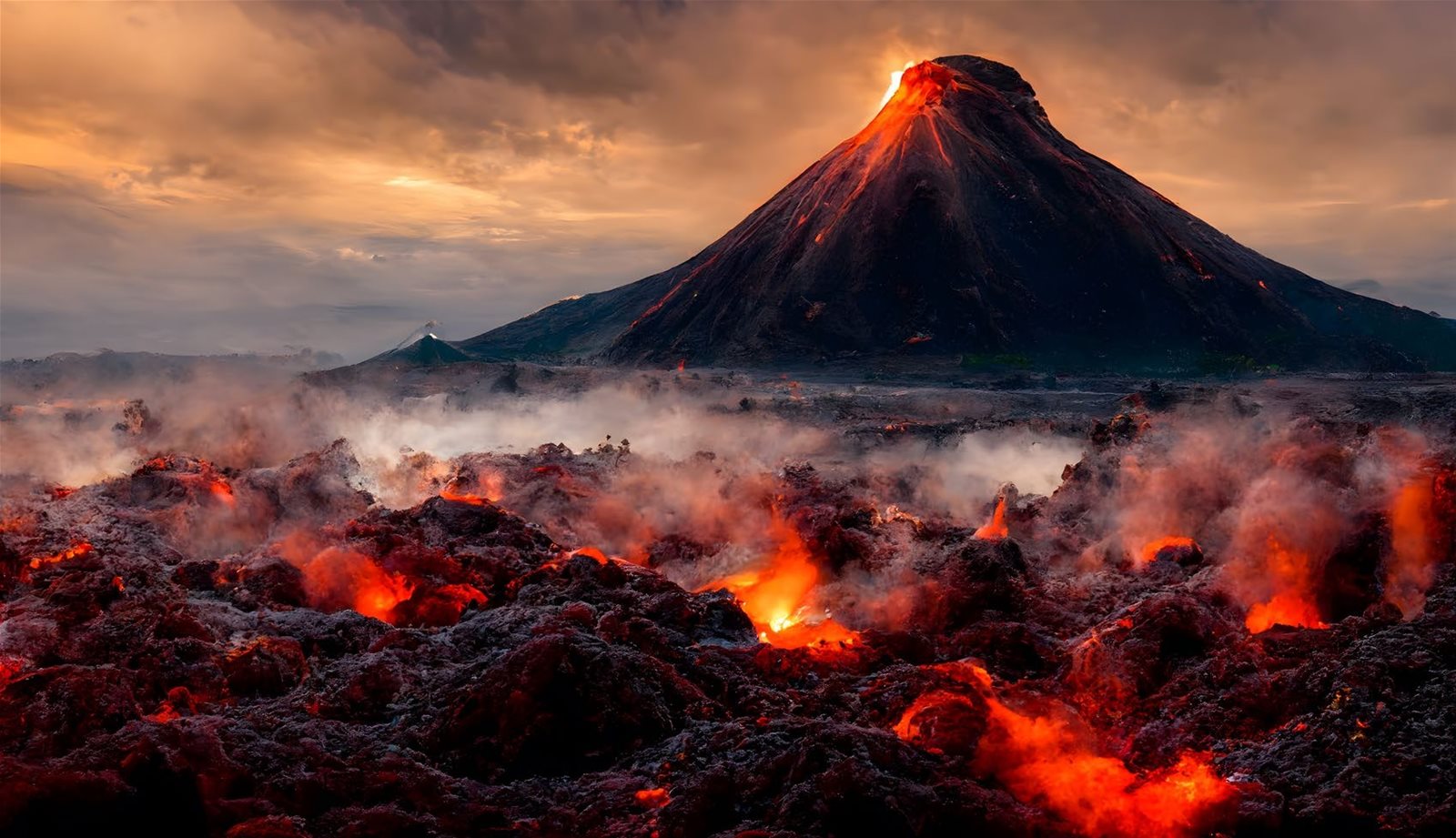
© NASA; ESA; Adobe Stock
Professor Stephen Kane was intrigued and excited. As he looked at the data, made sure P his calculations were correct and reality began to quickly set in, he sat back in his chair, a look of astonishment stretching across his face. In the course of studying a star system known to harbour a giant planet, he’d come across an object which was unlike anything he had seen before. And the discovery has the potential to be rather explosive. The object is some 66 light years from Earth in a star system called HD 104067 in the southern constellation of Corvus. It has long been known to contain a star with 82 per cent of the mass and 77 per cent of the radius of the Sun, and it’s said to be about 5 billion years old. The exoplanet of primary interest to Kane was HD 104067 b – a sub-Saturn planet with a 55-day orbit that is at least 0.2 times the mass of Jupiter. But it’s the other findings in this part of space which really caught his attention.
Using the transit method, which detects exoplanets as they pass in front of their stars, causing the brightness to dip periodically, Kane appears to have discovered another planet closely orbiting the orange dwarf star every 2.2 days. What makes it especially remarkable is that it appears to be erupting with a huge number of volcanoes – if observed directly, the object would be glowing a fiery red colour and there would be loads of hot lava gushing across the surface. Kane was understandably flabbergasted at the discovery because a planet this extreme is unique. “It’s amazing this can actually exist,” he says.
The planetary astrophysicist at the University of California, Riverside, has long been fascinated by star systems known to be harbouring planets. A specialist in exoplanetary science, Kane is a leading expert in planetary habitability and the habitable zone of planetary systems, and he’s had a hand in the discovery of hundreds of exoplanets. Among his finds is a cold super-Earth called OGLE-2005-BLG-390L b close to the centre of the Milky Way. He was also part of the Super Wide Angle Search for Planets (SuperWASP) team which was handed an award following the discovery of 18 exoplanets. In that sense, it was no surprise to learn that he has likely triumphed yet again as he and his colleagues focused their attention on a star system that had been analysed using the ground-based High Accuracy Radial velocity Planet Searcher (HARPS) and High Resolution Echelle Spectrometer (HIRES) instruments in combination with NASA’s Transiting Exoplanet Survey Satellite (TESS).
This system was already known to contain a gas giant – it had been discovered in 2009 using the radial velocity method to measure tiny changes in the movement of the star as it’s pulled by orbiting bodies. It has a radius 0.82 times that of Jupiter, so there was always a chance of further discovery. “We have been monitoring the HD 104067 star for almost 30 years by carefully measuring the velocity of the star, the data of which had been used to discover the 55-day orbit planet,” Kane tells All About Space. It just took the optimum sets of data in order to make a further breakthrough.
TOI6713.01 BY NUMBERS
The planet was discovered in 2024
It’s in a star system 66 light years away
It is 30% larger than Earth
It has a surface temperature of 2,600 degrees Kelvin
It has 10 million times more tidal energy than Io
It orbits its parent star every 2.2 days
The star is 5 billion years old